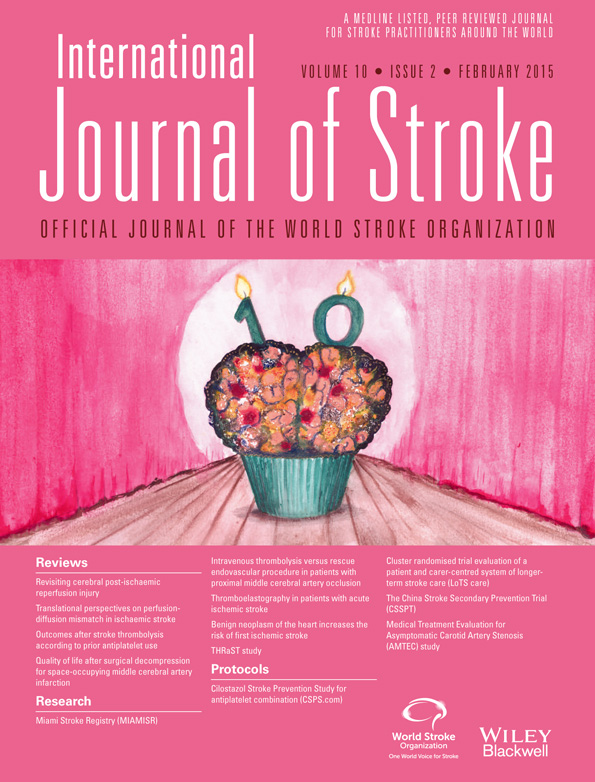Reply from Lynch et al. to letter from Vedpathak and Shah regarding ‘when should physical rehabilitation commence after stroke: A systematic review’
We read with interest the letter to the editor 1 regarding our systematic review ‘When should physical rehabilitation commence after stroke: a systematic review’ 2.
The correspondents note that there is a difference between risk ratios and odds ratios (ORs) – we chose the latter because a priori we were considering a range of events that may occur following rehabilitation, not all of which were anticipated to be adverse. The correspondents also recommended presentation of numbers needed to treat (NNT) rather than ORs. NNT analysis is secondary to OR analysis, and debate continues regarding whether reporting NNTs from meta-analyses is misleading 3. Therefore, we chose to present ORs, leaving readers free to calculate NNT if so inclined. The same can be said for absolute risk reduction which the correspondents also advocated.
The correspondents state that a random effect model should have been used due to heterogeneity. However, participant inclusion criteria, study aims, study settings, time after stroke, and outcome measures were identical between studies. For these reasons, we consider the research protocols to be sufficiently similar; use of a fixed effect model for the meta-analysis was the appropriate statistical choice.
Finally, we are not in the practice of citing studies still under way – we did not do a trial register search so any citing would have been ad hoc and therefore questionable.




